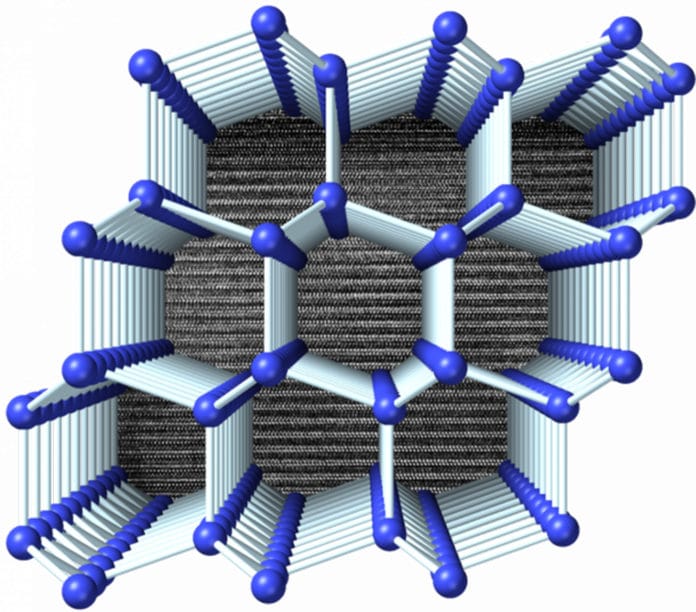Silicon plays an outsized role in human life. It is the second most abundant element in the Earth’s crust. When mixed with different components, it is fundamental for many construction and infrastructure projects. Furthermore, it is sufficiently pivotal to registering that the longstanding technological hub of the U.S.— California’s Silicon Valley in pure elemental form.
Like all components, silicon can take different crystalline forms, called allotropes. Similarly, soft graphite and super-hard diamond are the two forms of carbon. Despite its ubiquity, this type of silicon isn’t fully optimized for cutting-edge applications, including high-performance transistors and some photovoltaic devices.
While many different silicon allotropes with enhanced physical properties are theoretically possible, only a handful exist in practice, given the lack of known synthetic pathways currently accessible.
Previously, scientists had developed a new form of silicon called Si24, an open framework composed of a series of one-dimensional channels. In a recent study, the same team of scientists, led by Carnegie‘s Thomas Shiell and Timothy Strobel, have developed a new method for synthesizing a novel crystalline form of silicon with a hexagonal structure.
As scientists noted, this new form of silicon could potentially be used to create next-generation electronic and energy devices with enhanced properties.
Scientists used Si24 as the starting point in a multi-stage synthesis pathway. It resulted in highly oriented crystals in a form called 4H-silicon, named for its four repeating layers in a hexagonal structure.
Strobel explained, “Interest in hexagonal silicon dates back to the 1960s because of the possibility of tunable electronic properties, which could enhance performance beyond the cubic form.”
The newly demonstrated Si24 pathway produces the first high-quality, bulk crystals that serve as the basis for future research activities.
Scientists used an advanced computing tool called PALLAS to predict structural transition pathways—like how water becomes steam when heated or ice when frozen. By doing so, scientists understood the transition mechanism from Si24 to 4H-Si and the structural relationship that allows the preservation of highly oriented product crystals.
Shiell said, “In addition to expanding our fundamental control over the synthesis of novel structures, the discovery of bulk 4H-silicon crystals opens the door to exciting future research prospects for tuning the optical and electronic properties through strain engineering and elemental substitution. We could potentially use this method to create seed crystals to grow large volumes of the 4H structure with properties that potentially exceed those of diamond silicon.”
Journal Reference:
- Thomas B. Shiell et al., Bulk Crystalline 4H-Silicon through a Metastable Allotropic Transition, Physical Review Letters (2021). DOI: 10.1103/PhysRevLett.126.215701
